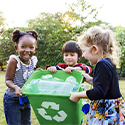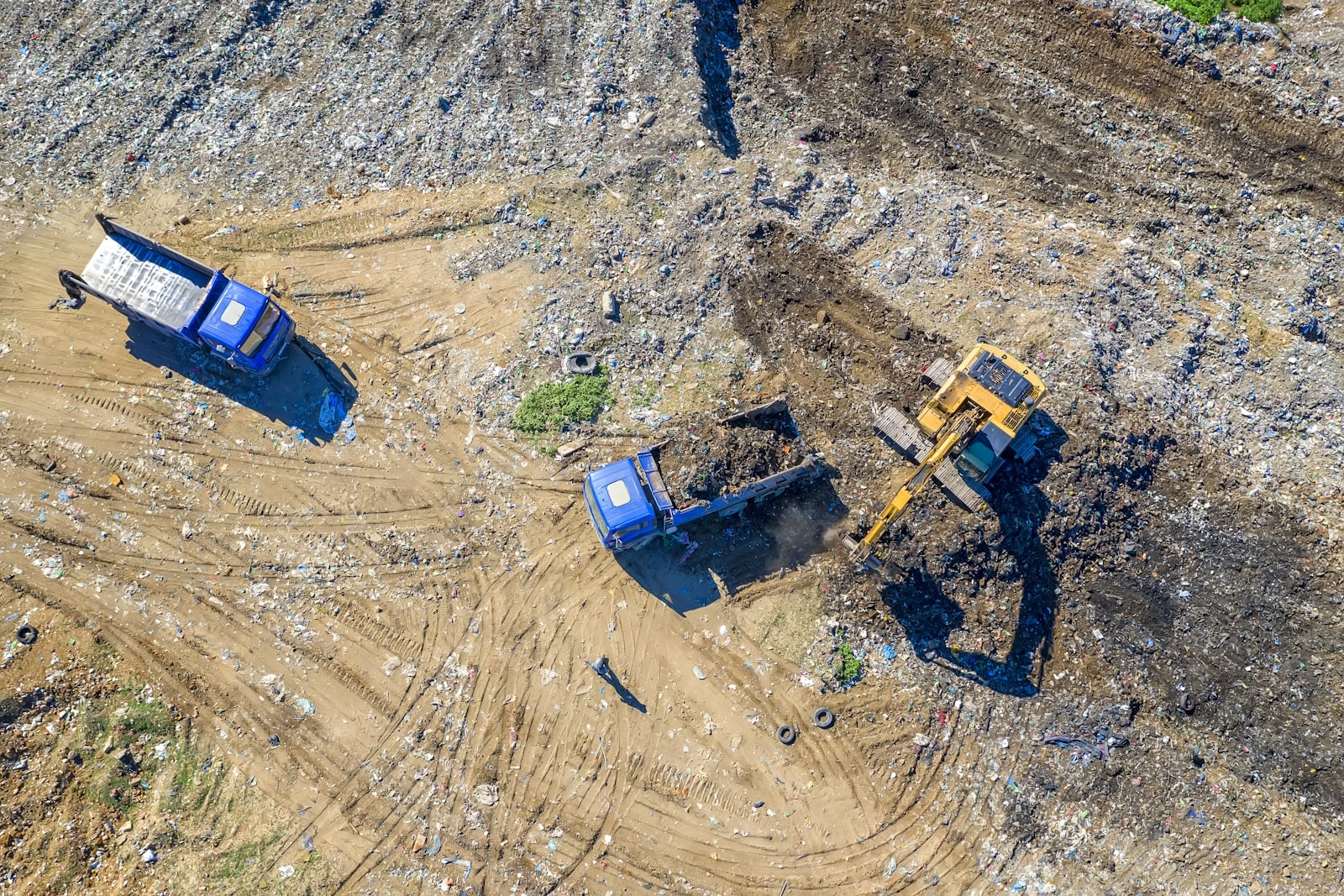Waste Disposal Companies: Eco Landfill Design
As South Africa accelerates its shift to a circular economy under the National Waste Management Strategy 2020, it’s vital that waste disposal companies embrace landfill designs that not only contain waste but regenerate ecosystems and benefit communities. With approximately 90 % of municipal solid waste still ending up in landfills, we must transform how we design and close these sites—not just to protect public health, but to restore landscapes and unlock new economic opportunities.
Landfill Phasing and Cell Design: Efficient & Responsible Waste Containment
Modern landfills are no longer monolithic dumps—they are constructed in phased cells. Each cell is engineered with liners, leachate collection, drainage channels, and interim caps before the next one opens. This phasing allows waste disposal companies to:
- Minimise leachate generation and reduce groundwater risks
- Control odours and gas emissions by capping individual cells swiftly
- Manage progressively, avoiding large-scale disturbance in one go
South African norms (Gazette R636/2013 under the Waste Act) mandate liner systems and containment barriers for each cell, ensuring both operational and closed phases meet strict environmental standards.
Gas Capture and Energy Recovery: From Methane to Power
As organic waste breaks down, it emits methane—a potent greenhouse gas. Landfill gas capture systems, with extraction wells and flares or engines, allow waste disposal companies to transform environmental harm into renewable energy.
Globally, landfill‑gas-to‑energy facilities power hundreds of thousands of homes. Here in South Africa, eThekwini Municipality at Buffelsdraai is pioneering projects to generate electricity from methane, offering both carbon reduction and clean energy for local communities.
Leachate Collection and Treatment: Safeguarding Water Resources
Leachate—potentially toxic wastewater percolating through waste—requires robust management. South African landfills must include:
- Bottom liners paired with drainage layers channelling leachate into collection sumps
- Treatment systems, which can include on-site recirculation in bioreactors, evaporation, or removal to municipal or industrial facilities
This multi-tiered approach is essential to prevent ground and subsurface water contamination and comply with NEM:WA standards.
Landfill Capping & Final Cover: Sealing with Purpose
Once a cell is filled, the final cover system seals it. This typically includes:
- A low-permeability liner (clay or synthetic)
- A drainage layer to divert rainwater
- A protective soil layer to support plants
This capping may last 30+ years and serves to reduce infiltration, prevent erosion and enable vegetation—the first step toward ecological restoration.
Post‑Closure Monitoring: Ensuring Long-Term Protection
Even after closure, monitoring remains paramount. Waste disposal companies must continuously assess:
- Groundwater quality for contaminants
- Gas emissions to prevent venting of methane
- Settling of landfill surfaces, which may affect the integrity of caps and future land use
South African law typically requires monitoring periods of 30 years or more—underscoring the long-term stewardship role these companies must embrace.
Vegetative Rehabilitation: Bringing Nature Back
With caps in place, the post‑closure stage focuses on vegetative rehabilitation. Planting native grasses, shrubs and trees not only stabilises soil but regenerates ecosystems. The Buffelsdraai Reforestation Project, run by eThekwini Municipality and Wildlands Conservation Trust, has planted nearly 800 000 indigenous trees across 560 ha of buffer zone. This restored habitat supports wildlife, creates a carbon sink (over 45 000 t CO₂ equivalent planned), and offers income to local “tree-preneurs”.
Landfill‑to‑Park & Economic Redevelopment: Recomposing Landfill Futures
Regenerative landfill planning incorporates final use strategies. Through phased cell design, one portion of a site can be safely repurposed even while other cells are still operational. Common post‑closure conversions include:
- Public parks, sports fields or golf courses
- Light industrial or commercial zones, where environmental analyses support new foundations
- Solar farms and renewable energy parks, taking advantage of capped waste bodies
Solar Landfills: Dual‑Use Renewable Power Generation
Closed landfills are ideal for solar installations. With impermeable caps ready to go, PV panels can be set up without disrupting the integrity of the waste containment.
Across the US, an estimated 60 GW of solar potential exists on reclaimed landfills. South Africa is well placed to follow suit, installing solar arrays that generate clean electricity, increase land‑use efficiency and create long‑term revenue streams.
Economic Redevelopment Opportunities: Beyond Solar & Parks
Waste disposal companies can look past recreational end‑uses. Closed landfills offer valuable land for:
- Light manufacturing or logistics centres when properly assessed
- Green infrastructure hubs, such as biogas plants, composting facilities or training centres
- Community enterprises, which local residents can own and operate, giving employment and empowerment
This taps into both circular‑economy strategies and inclusive development goals.
Community Engagement in Post‑Closure Planning: Involvement Matters
Inclusive planning is central to successful landfill regeneration. Engaging local communities—from planning through post‑closure—ensures:
- The new site reflects community priorities (e.g., park vs industrial use)
- Local skills and employment opportunities are built into the design
- Social license is secured, avoiding delays or conflict
The Buffelsdraai “tree-preneur” model is a prime example: local women and youth manage nurseries, plant trees, earn income and develop green skills aligned with ecosystem restoration.
South African Laws & Policies Guiding Regenerative Landfills
South Africa’s regulatory framework increasingly supports regeneration:
- NEM:WA (2008) and its National Norms and Standards for Landfills (2013) mandate liners, leachate controls, and post‑closure care
- The National Waste Management Strategy 2020 emphasises circularity, minimisation, and community-inclusive solutions
- Pollution-Barrier Design Guidelines (2021) reference constitutional rights to a healthy environment and outline engineered barrier best practices
This legal landscape enables waste disposal companies to move from compliance towards regeneration.
A Regenerative Path for Waste Disposal Companies
By integrating cell‑based design, gas capture, leachate treatment, engineered capping, monitoring, ecological restoration, renewable energy and community‑led redevelopment, waste disposal companies can transform liabilities into land assets. They become not only stewards of waste, but agents of ecological restoration, climate resilience and community uplift.
As part of our mission at A‑Thermal, we specialise in guiding clients through these processes—from landfill design to solar integration and ecological rehabilitation. Let’s work together to convert closed waste sites into vibrant, sustainable assets. Contact us today to explore construction, monitoring, restoration or renewable energy solutions that align with your vision.







